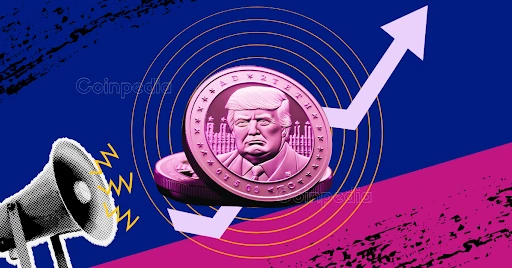
The post 4 Factors Which Can Influence the Price of Bitcoin appeared first on Coinpedia - Fintech & Cryptocurreny News Media| Crypto Guide
Since its launch in 2009, Bitcoin has gone from a few cents in value to tens of thousands of dollars in value. As such, it has turned a tidy profit for early adopters of the cryptocurrency, with many Bitcoin millionaires enjoying their return on investment today. Nonetheless, those who keep a keen eye on the latest crypto news will no doubt be aware that Bitcoin has fallen in price over the last few months.
Why, then, is Bitcoin’s value subject to such wild fluctuations? Understanding the factors which affect the cryptocurrency’s price is an essential means of analyzing the market and assessing when are the best moments to buy and sell. With that in mind, we’ll take a look at some of the chief contributors to Bitcoin’s value below.
Regulation
When Bitcoin was unleashed on the world by the mysterious Satoshi Nakamoto over a decade ago, it completely revolutionized the finance industry. As a decentralized currency underpinned by blockchain technology, it does not require the administration or regulation of any central bank or other authority. However, over the years, governments around the globe have woken up to the potential – and the pitfalls – of Bitcoin and introduced legislation regarding it. Some have reacted positively, with El Salvador becoming the first country to adopt it as a national currency, while others have been more guarded in their response – but all have affected its value.
Corporate attitudes
As governments and other regulatory bodies have become increasingly open to embracing Bitcoin, so too has the corporate world. Of course, it’s still not possible to use cryptocurrency to pay for goods and services for the vast majority of stores on the high street – but that does appear to be changing. Tech companies are unsurprisingly at the forefront of the transition, with big names like Tesla and Microsoft now accepting Bitcoin as payment for their services. However, some firms in hospitality and retail (including Burger King and Walmart) have also begun accepting Bitcoin. This influences its overall public perception and makes it more desirable.
Supply
Bitcoins are awarded (or “mined”) to “miners” who solve complex computer equations to verify transactions on its blockchain ledger. However, the value of this reward is halved after a certain number of transactions (210,000), which occurs roughly every four years. This means that while the reward itself becomes less valuable, the overall value of a single bitcoin will increase in tandem. At the same time, Bitcoin has a finite number of bitcoins at its disposal (21 million in total) which will, eventually, become exhausted. The algorithms which control the production of the cryptocurrency strictly regulate its rate of generation and, over time, this will slow down. As supplies dwindle, value is affected.
Whale activity
Just as in the traditional stock market, the aim of a canny investor is to buy low and sell high. However, Bitcoin’s relatively low market value ($442 billion in January 2021, compared to the $11 trillion market value of gold, for example) means that it is susceptible to manipulation by major players. These individuals are known as whales and can hoover up huge amounts of the cryptocurrency, thus increasing confidence in Bitcoin and inflating its value, before selling off their stash in one fell swoop and precipitating a market crash. This is known as pump-and-dump and can be devastating for everyday investors with smaller amounts of capital.
The secret to making smart Bitcoin investments is understanding how and why its value fluctuates. These four factors are some of the biggest contributors to the peaks and troughs of this powerful cryptocurrency.

 2 years ago
141
2 years ago
141














 English (US) ·
English (US) ·